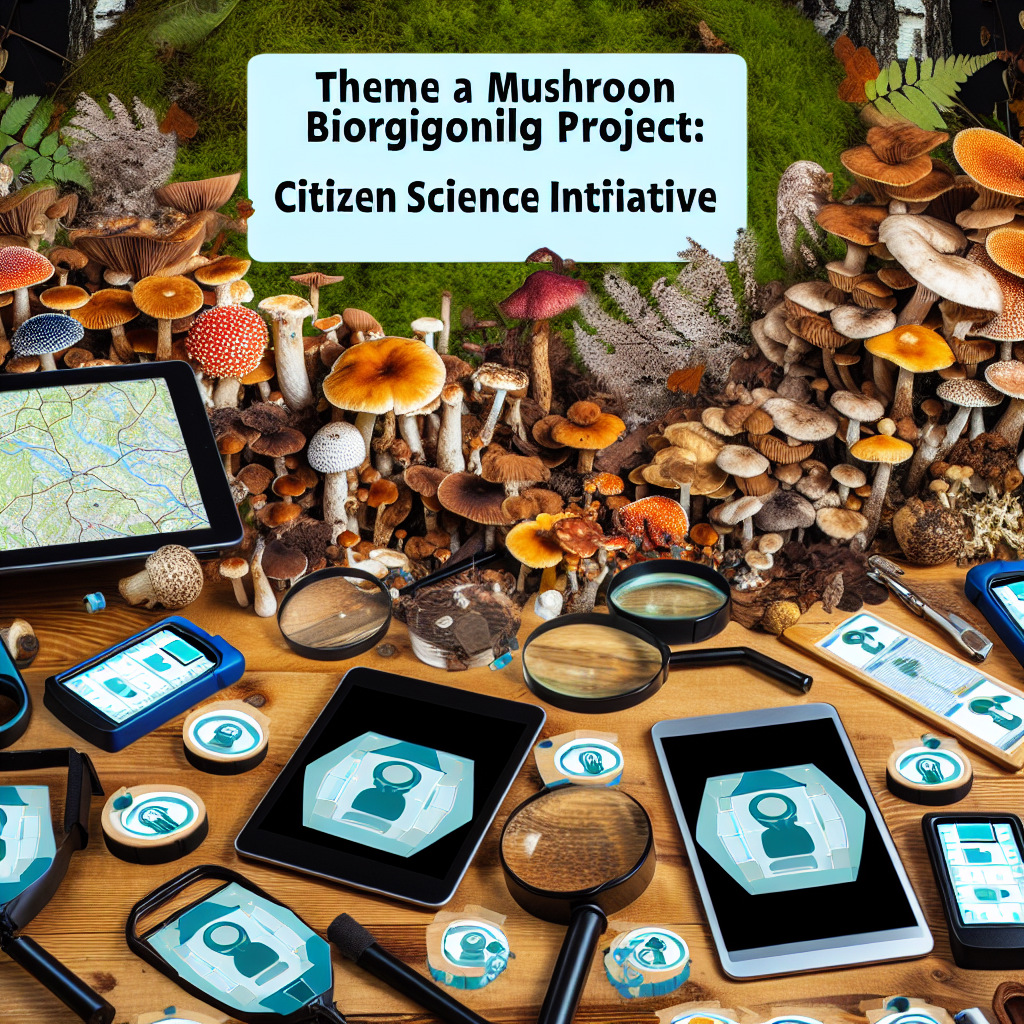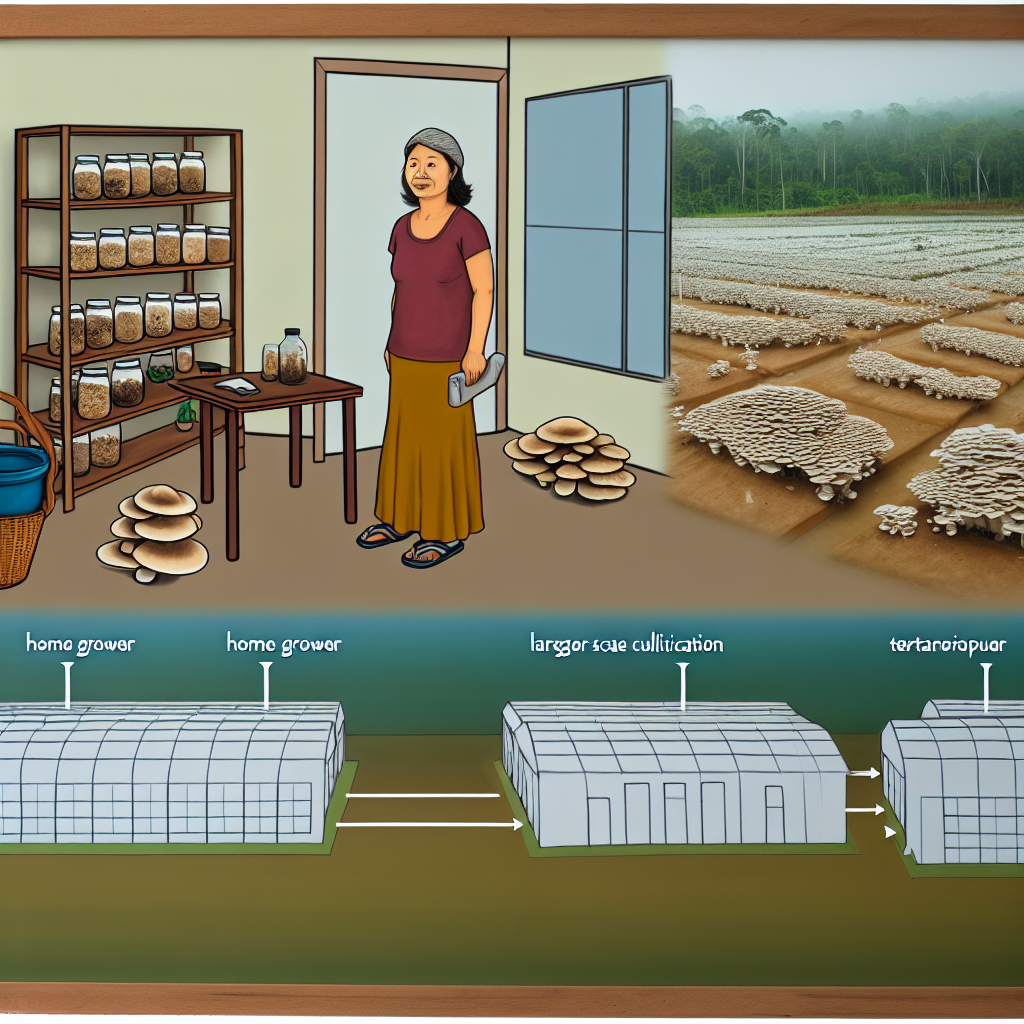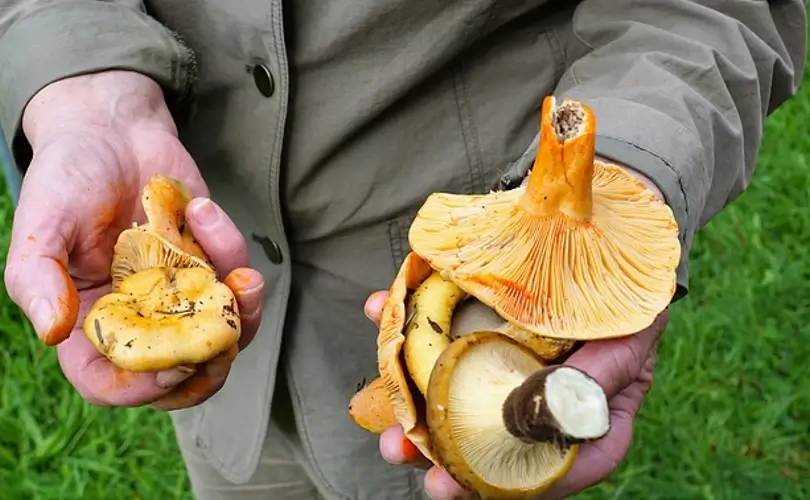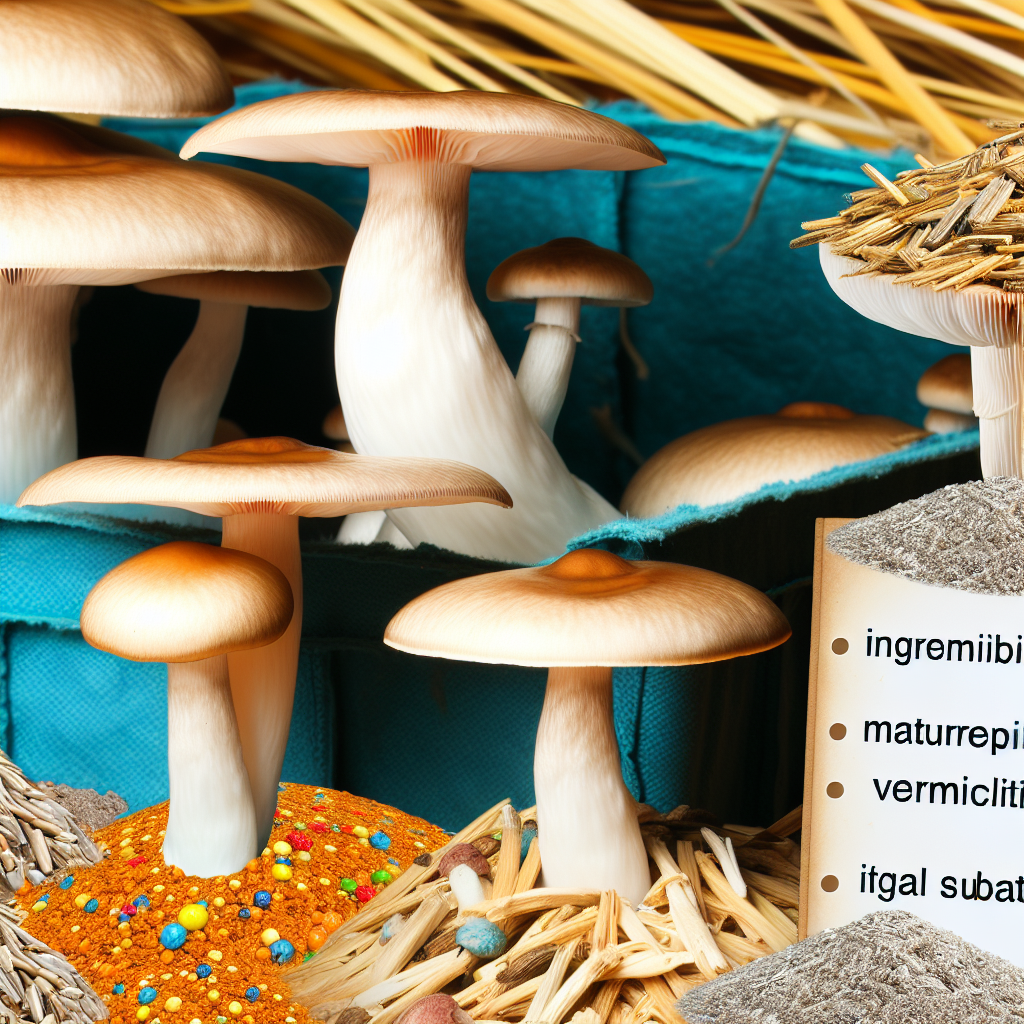# The Mushroom Bioregional Mapping Project: Join the Citizen Science Movement That’s Revolutionizing Natural Medicine
The Mushroom Bioregional Mapping Project: Join the Citizen Science Movement That’s Revolutionizing Natural Medicine
Mushrooms have fascinated humanity for millennia—with their mysterious forms, profound medicinal potential, and ecological importance. Today, they’re at the center of a grassroots movement with groundbreaking implications for health, sustainability, and science: the Mushroom Bioregional Mapping Project.
This citizen science initiative invites everyday people—herbalists, foragers, fungi enthusiasts, and healers—to document, identify, and share information about wild medicinal mushrooms based on the unique ecosystems they inhabit.
Let’s dive into how this global yet locally-empowered movement could shape the future of natural healthcare, ecological restoration, and biocultural knowledge.
What Is the Mushroom Bioregional Mapping Project?
The Mushroom Bioregional Mapping Project is a decentralized citizen science initiative aiming to catalog the presence, distribution, and healing potential of fungi in specific ecological regions—also known as bioregions.
Rather than treating health through a universal pharmaceutical model, this method respects regional ecosystems and uses local knowledge to support personalized, plant- and fungi-based wellness approaches. The project connects traditional wisdom, ecological resilience, and modern research in ways never before possible.
This initiative is especially timely; as our global interest in functional mushrooms such as Lion’s Mane, Reishi, Turkey Tail, and Psilocybe species grows, we face unprecedented environmental threats to their habitats. The urgency to map and preserve these powerful organisms is now.
Science-Backed Mushrooms: What the Research Says
Modern studies have confirmed what traditional medicine knew long ago—many mushrooms are potent healers. Below are some notable examples:
– Lion’s Mane (Hericium erinaceus) stimulates Nerve Growth Factor (NGF), aiding in neurogenesis and memory. A 2009 clinical study showed cognitive improvements in aging adults taking Lion’s Mane ([Mori et al., 2009](https://pubmed.ncbi.nlm.nih.gov/18844328/)).
– Turkey Tail (Trametes versicolor) contains PSK, a bioactive compound with anticancer and immune-boosting properties. It’s used in both traditional and modern cancer therapies ([Eliza et al., 2012](https://www.ncbi.nlm.nih.gov/pmc/articles/PMC3500440/)).
– Psilocybin-containing mushrooms, such as Psilocybe cubensis, have demonstrated remarkable effectiveness in treating depression, anxiety, and PTSD. Leading institutions like Johns Hopkins and Imperial College support psilocybin therapy as a breakthrough in mental health care ([Davis et al., 2021](https://www.nature.com/articles/s41591-021-01362-7)).
These findings fuel the urgency behind the project—understanding where these fungi grow, their environmental needs, and their cultural significance is crucial for ethical research and sustainable use.
Citizen Science Meets Technology: Tools That Power the Movement
One of the project’s strengths is its fusion of grassroots participation with cutting-edge tech. Participants utilize tools like:
– iNaturalist & Mushroom Observer for species identification and observation sharing
– DNA barcoding with MycoMap to verify species with genetic precision
– GIS mapping via the Fungi Foundation’s platforms
– Data-sharing through the Global Biodiversity Information Facility (GBIF) and NEON observatories
This tech-enhanced approach ensures data accuracy and taps into global biodiversity records while reflecting intimate, first-hand ecological knowledge from the field.
How You Can Join the Movement
No PhD in mycology required—just curiosity, respect for nature, and access to a smartphone (or a microscope if you’re feeling advanced!):
1. Walk your bioregion. Start observing mushrooms in your community’s forests, meadows, and reclaimed lands.
2. Use apps like iNaturalist to photograph and record findings.
3. Connect with local herbalists, Indigenous knowledge keepers, and researchers.
4. Upload DNA sequences (if available) via MycoMap.
5. Help build a local culture of fungi literacy and mapping.
By participating, you not only contribute to science—you help preserve ecological balance, support people’s health autonomy, and empower your community with knowledge and healing options rooted in the land itself.
Regenerative Ecology Meets Healing: Why This Work Matters
The Mushroom Bioregional Mapping Project embodies a powerful fusion of regenerative medicine, community science, and environmental preservation.
Highlights include:
– Early mapping before overharvesting or invasive commercialization
– Enhanced potential for sustainable cultivation and localized production
– Use of mycoremediation to clean polluted ecosystems with fungi
– Preservation of vanishing Indigenous and ethnomycological knowledge
As the world seeks alternatives to centralized healthcare systems and environmentally harmful supply chains, this initiative shows us how healing can be rooted in resilience, diversity, and regional self-sufficiency.
The Future of Fungi-Powered Medicine Starts With You
The Mushroom Bioregional Mapping Project is not just a scientific initiative—it’s a global invitation to reconnect with nature, participate in meaningful research, and help shape the future of integrative, citizen-powered healthcare.
In an era of climate crisis and ecological loss, mushrooms emerge as humble yet powerful allies. By mapping them, we honor their gifts—and take an active role in healing both people and planet.
So grab your field journal, download your favorite fungi app, and join this mycelial network of citizen scientists reshaping how we see the world beneath our feet.
Concise Summary:
The Mushroom Bioregional Mapping Project is a citizen science initiative that invites everyday people to document and identify wild medicinal mushrooms in their local ecosystems. By mapping the presence, distribution, and healing potential of these fungi, the project aims to revolutionize natural healthcare, support ecological restoration, and preserve traditional mycological knowledge. This grassroots movement empowers participants to contribute to cutting-edge research and sustainable, community-based medicine.

Dominic E. is a passionate filmmaker navigating the exciting intersection of art and science. By day, he delves into the complexities of the human body as a full-time medical writer, meticulously translating intricate medical concepts into accessible and engaging narratives. By night, he explores the boundless realm of cinematic storytelling, crafting narratives that evoke emotion and challenge perspectives. Film Student and Full-time Medical Writer for ContentVendor.com




